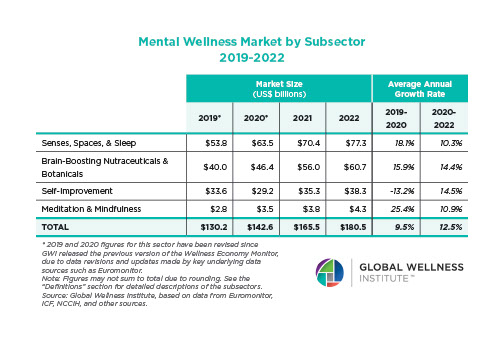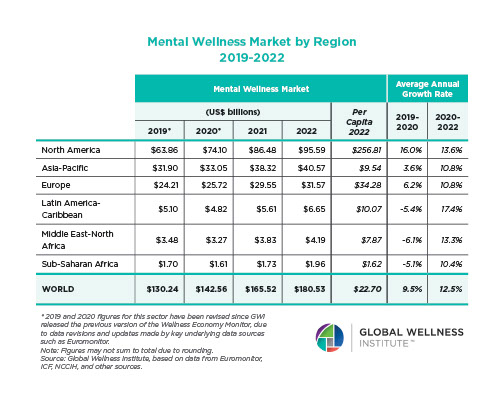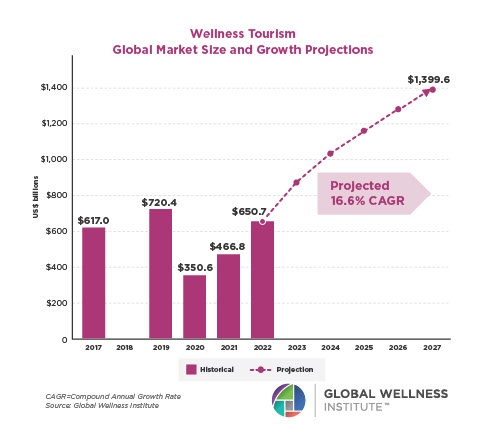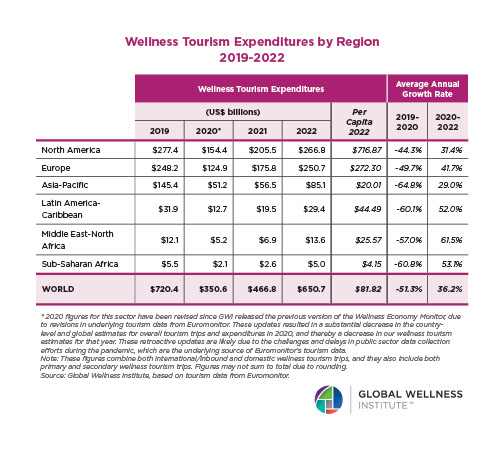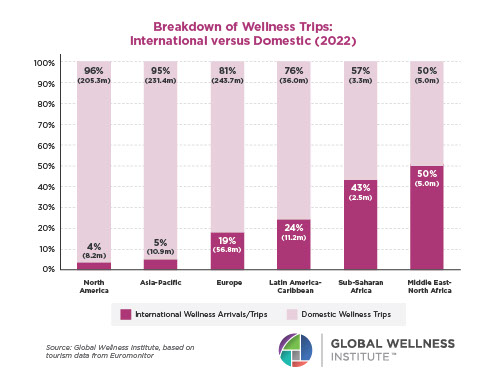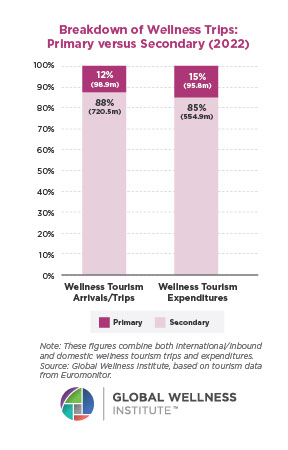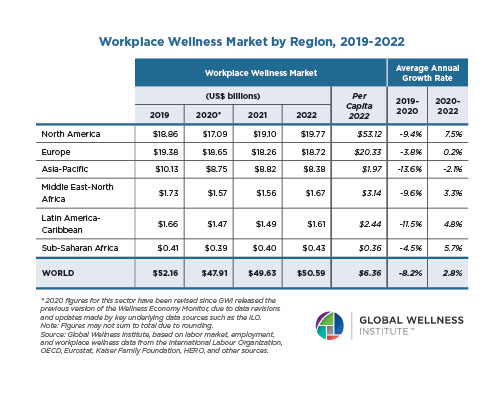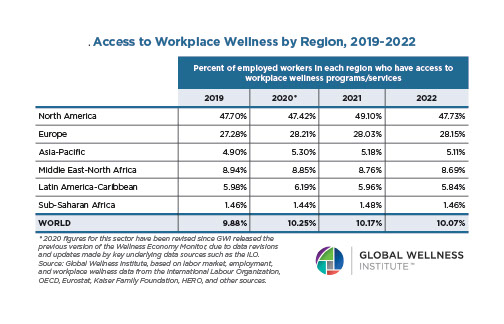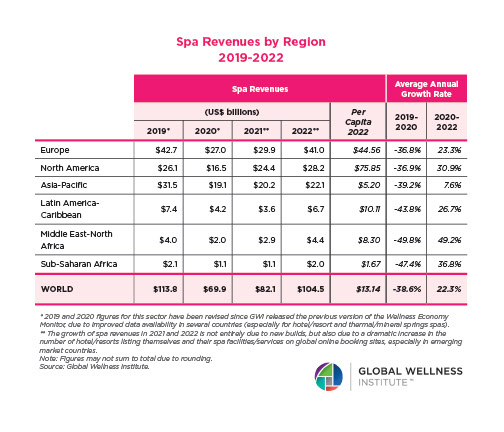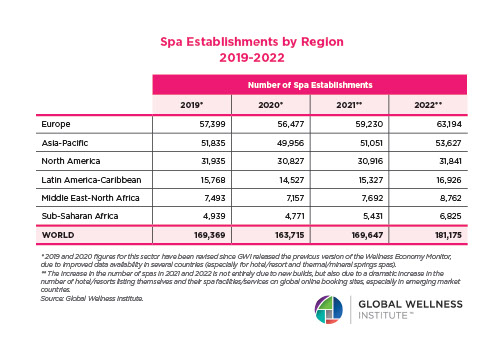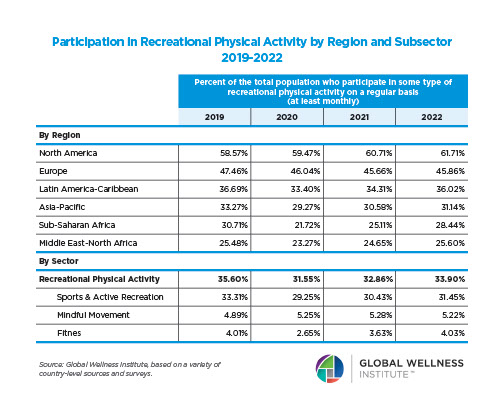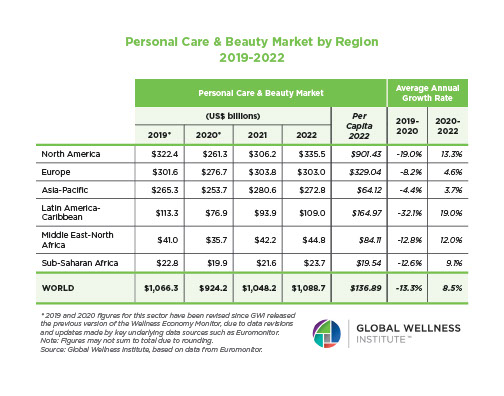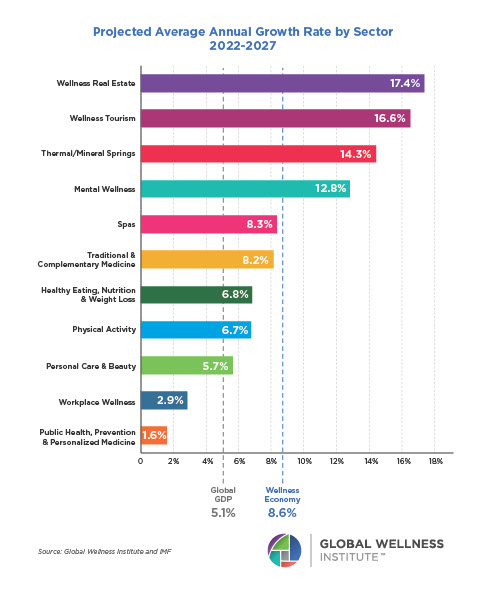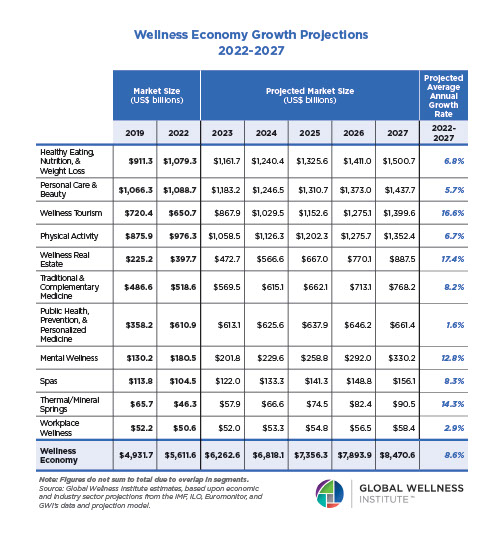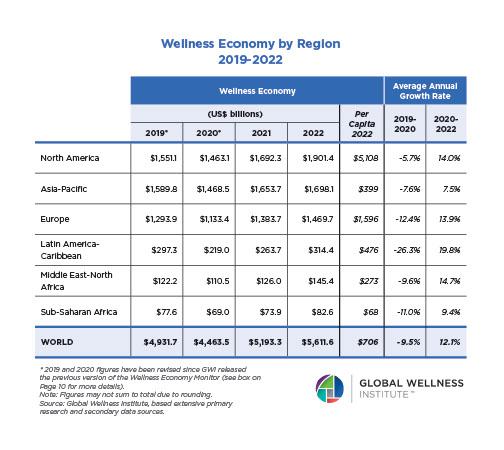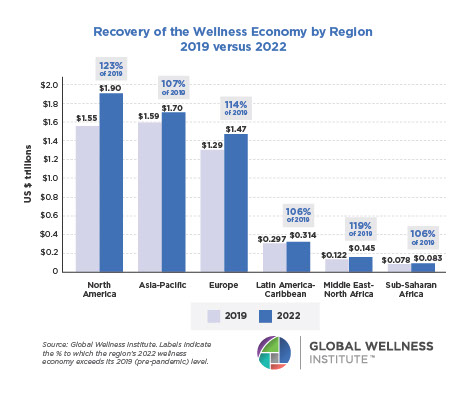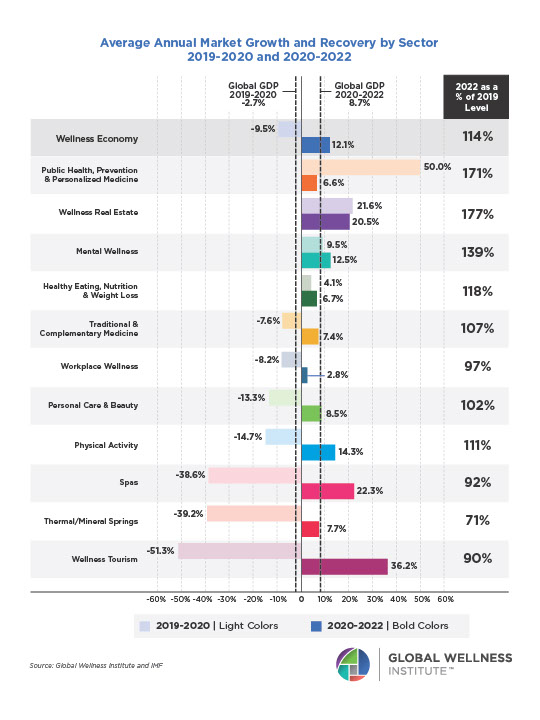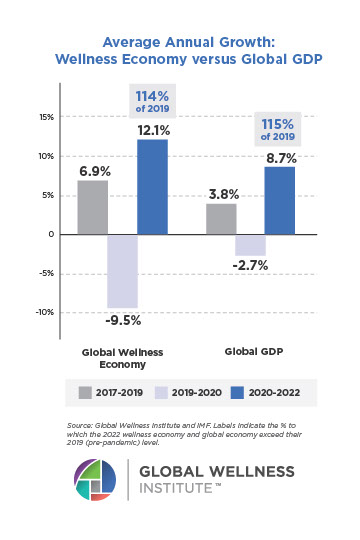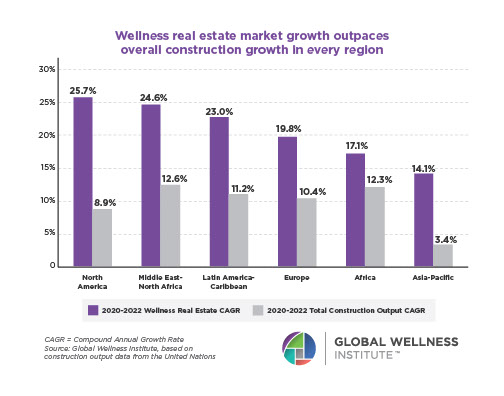
Wellness Policies Can Help More of Us Experience Nature’s Benefits
By Tonia Callender, GWI research fellow
Earth Day on April 22 was an opportunity for people around the globe to reflect on our planet and the joy of spending time in nature. Nature benefits our health in a variety of ways. Empirical evidence indicates that experiencing nature not only keeps us physically active, but it also lessens anxiety, stress, and symptoms of depression and trauma while promoting mental wellbeing.1
We don’t need a giant park or trip to a nature preserve to benefit from nature’s green spaces. A stroll down a tree-lined walkway or in a small garden will improve our wellbeing. A recent study found that just viewing elements of nature, such as trees and other green features, can decrease anxiety and help us feel rejuvenated.2 Yet, people are spending less time in nature. Due to urbanization and privatization of natural public spaces, our access to green spaces is becoming limited. Expanding everyone’s access to nature is a low-cost way to promote our wellness. How can wellness policies help more of us experience the healing power of nature?
Wellness policies should aim to make green spaces more accessible in every community. This entails working with developers, city planners, community advocates, and local law enforcement to ensure that parks and green spaces are equally accessible and welcoming to all. In rural areas, communities should work with local and national governments to maintain natural areas with affordable transport options to them. In urban areas, all neighborhoods should have safe parks and green spaces that are accessible to all. Sample policies to widen access to nature include:
- Enhancing green spaces and plantings in local schools, community centers, healthcare facilities, arts/cultural venues, and sports venues.
- Creating more parks, supporting gardening cooperatives, and planting trees and flowers in urban areas and unused neighborhood spaces.
- Improving transport to green spaces, as well as adding greenery at bus stops and transit stations.
- Improving park maintenance and safety, particularly for women and older individuals.
To learn more about policies that can widen access to nature, see the Wellness Policy Toolkit: Mental Wellness.
1 Jimenez, M. P., DeVille, N. V., Elliott, E. G., Schiff, J. E., Wilt, G. E., Hart, J. E., & James, P. (2021). Associations between Nature Exposure and Health: A Review of the Evidence. International journal of environmental research and public health, 18(9), 4790. https://doi.org/10.3390/ijerph18094790.
2 Fleming, W., Rizowy, B., & Shwartz, A. (2024). The nature gaze: Eye-tracking experiment reveals well-being benefits derived from directing visual attention towards elements of nature. People and Nature, 6, 1469–1485. https://doi.org/10.1002/pan3.10648.






